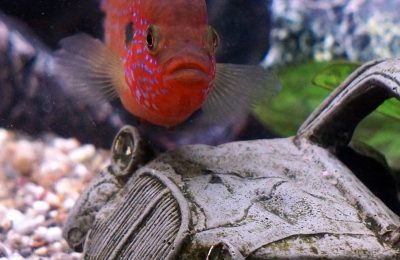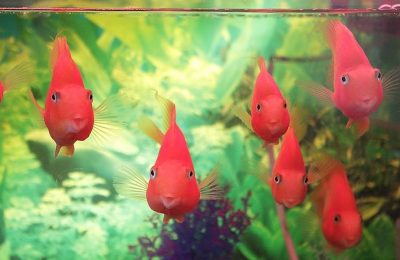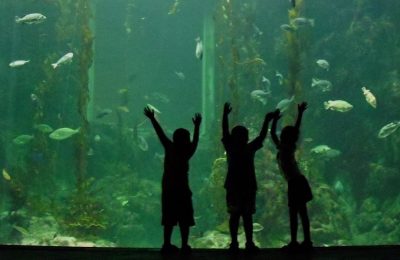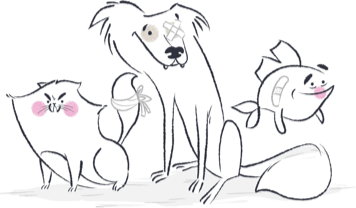Achilles Tangs are a difficult fish to keep, especially for beginners, but when properly cared for they make a magnificent centrepiece for any aquarium.
he Achilles Tang is a reef fish and naturally lives in shallower areas of the Pacific, where waves breaking over coral create a turbulent, oxygenated, dynamic environment. They eat voraciously and are constantly on the move. They can be a challenge to care for in a tank, where it’s difficult to simulate the natural water activity, and where they can become fussy eaters who don’t consume enough.
Here are some tips and tricks that can help you keep this impressive fish healthy and happy.
What size tank do they need?
Achilles Tangs require a lot of space to swim; they need at least 500 litres to ensure they have plenty of space to roam, as they are very active swimmers. The water should be turbulent, and it is essential that the tank is wide and long enough to provide the Achilles with exercise space. Ideally it should also be deep enough to allow them to share a tank with other fish and coral which prefer stiller waters. Not many aquarium fish enjoy exactly the same conditions, but with a bit of careful planning you can make a range of habitats between the top and the bottom of the tank.

“Did someone say ALGAE??”
What the best way to aquascape the tank?
It is important to pick the right sort of furniture when acquascaping the tank. Ideally it should break the surface of the water, to help keep it sufficiently aerated. The easiest way is to use live rock, which can provide the main structure for the tank along with the right sort of bacteria to keep the tank healthy. Maintaining live coral is a much more difficult endeavour, and should only be attempted with careful thought beforehand.
What do Achilles Tangs eat?
Achilles Tangs are mostly herbivorous animals, gaining much of their daily requirements from a plentiful diet of algae. In the wild they scrape this off rocks and coral in passing with their strong jaws; in the controlled conditions of a carefully maintained aquarium, dried sheets of macroalgae will be their main source of food. They are often fussy eaters. Rather than letting food hang on the side of tank, they tend to prefer it attached to a rock or piece of coral which is then lowered into the water, simulating the natural way they find food. They’ll also eat dried shrimp and other flake foods on occasion, but a main diet of algae will keep them healthy, and provide all the nutrients they need.
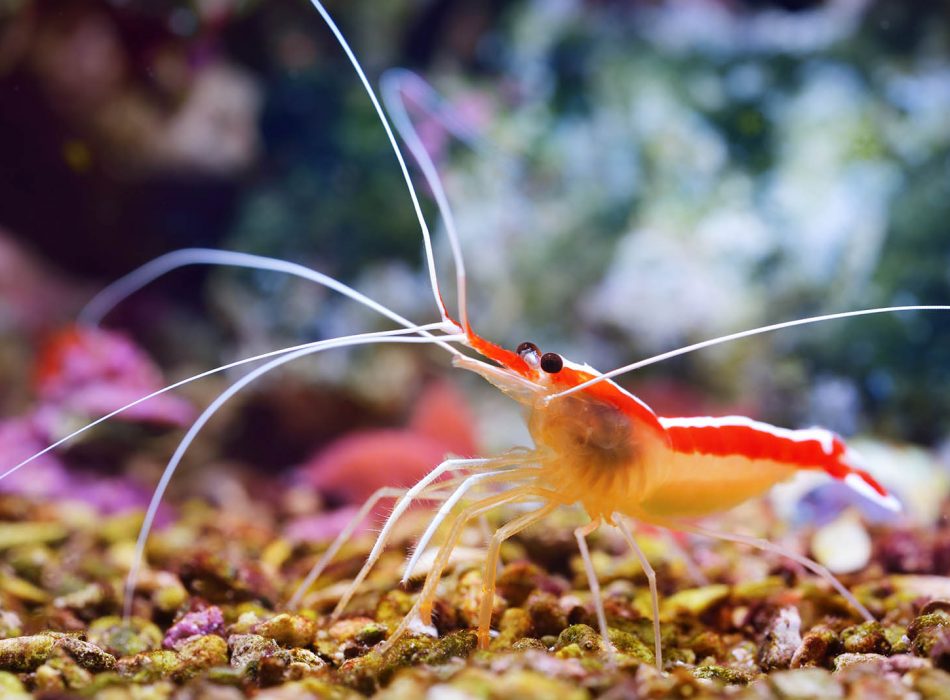
“Come here and let me lick you, you filthy animal!”
How can I keep them healthy?
Tangs are particularly prone to external parasites, such as white spot and velvet. It’s always essential to quarantine any new fish introduced to an aquarium. Achilles Tangs will require a larger-than-usual quarantine tank – at least half the size of the main tank – to prevent any issues before they’re introduced. Cleaner shrimps, and fish like gobies, not only make interesting and beautiful tank mates for your Achilles, but also exhibit interesting cleaning behaviour, and help keep your Achilles free from parasites.




